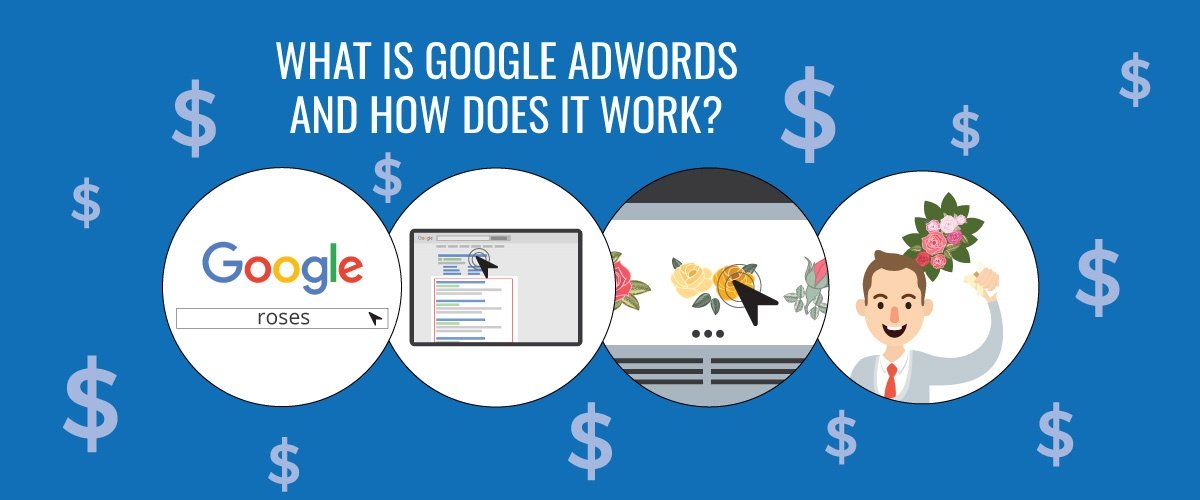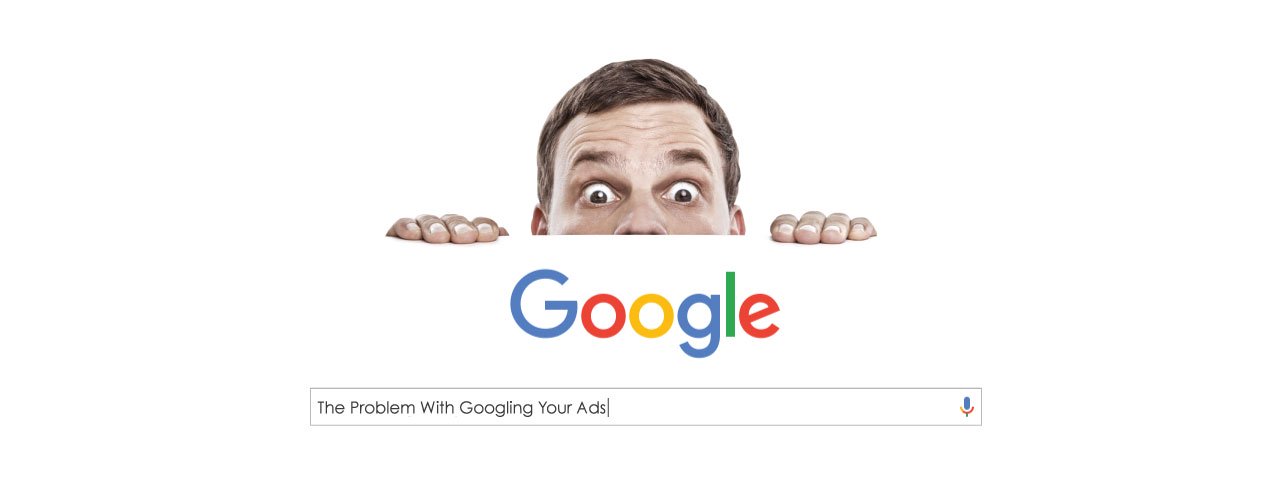In the PPC industry, there are some big mistakes we as Google AdWords professionals see over and over and over and over and…well, let’s just say we see them a lot. So this week, we thought we’d share them with you. After all, who doesn’t love a good meme?
1. Not tracking conversions.
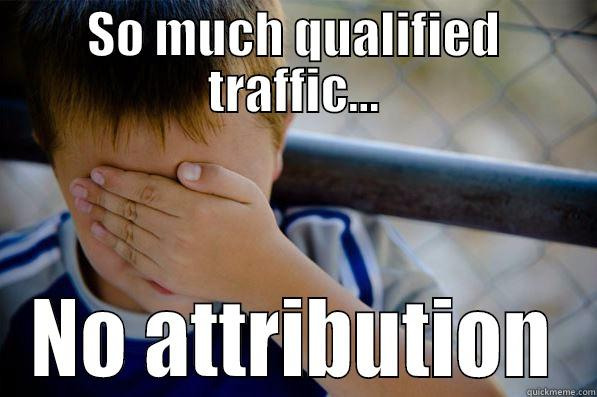
It’s the biggest no-brainer, but sometimes the most difficult metric to get — conversion tracking. Without attribution, it’s hard to know whether all those qualified clicks are really making you the big bucks.
2. Not having a conversion funnel on your website.
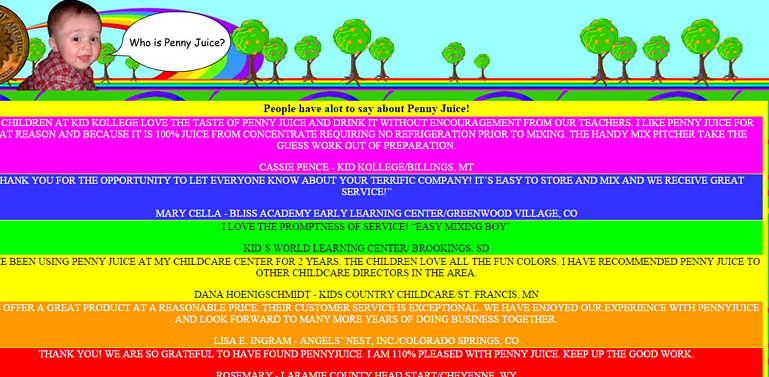
So what did you want the user to do again? Submit a credit card number? These days, your website needs to be the best representation of your business possible. If you want more sales, then it’s time to develop that conversion funnel!
3. Not testing match types.
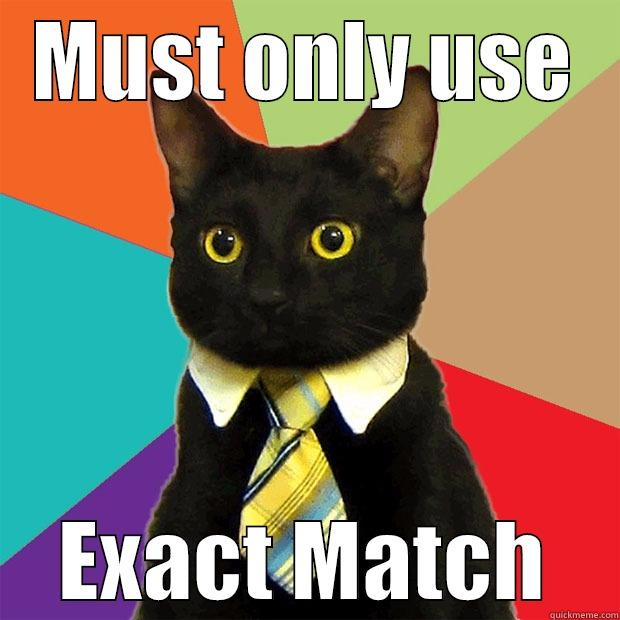
Limiting your account to only exact match keywords can ensure traffic relevancy — but it may also limit your sales. That’s why we recommend testing broader match types like broad match modifier, then monitoring your traffic and trimming keywords from there.
4. Not adding negative keywords.
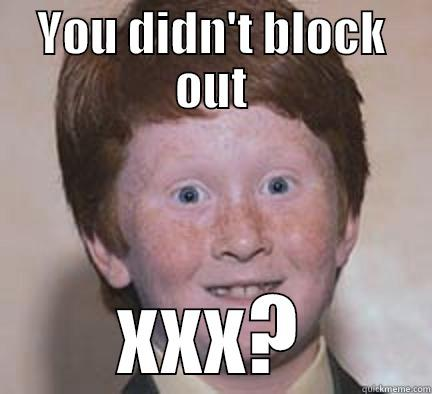
Ever look through your SQR and see some queries that are — ahem — quite unrelated to your product? Including a negative keyword list right out of the gate can prevent you from wasting money on all sorts of irrelevant traffic.
5. Using Display Select…ever.
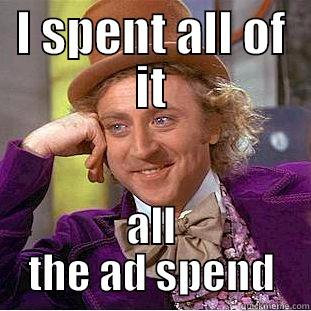
Ever accidentally click on a Display ad while reading the news? We all have — that’s why an un-monitored Display campaign can be a dangerous thing. Do yourself a favor and at least segment your Display advertising from your Search campaign so that you can accurately track the results! And please, don’t share your Search and Display budgets.
6. Not using Google Analytics statistics to optimize.
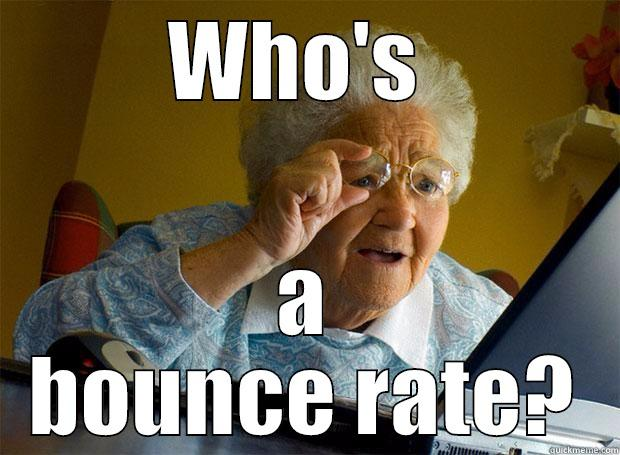
Traffic sources, top-performing pages, average time on site, bounce rates and more — on-site performance doesn’t have to be a mystery! Seriously. This is your data — if you’re not putting it to good use, you’re missing out.
7. Having a poorly-organized campaign.
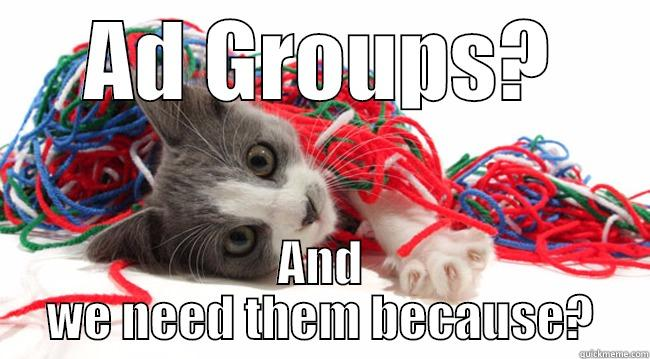
Segmentation — or breaking larger groups of keywords or targets into smaller groups — means that users will see ads that speak directly to their search queries. It also means that you will be able to more easily assess performance and optimize. Need we say more?
8. Not bidding strategically.
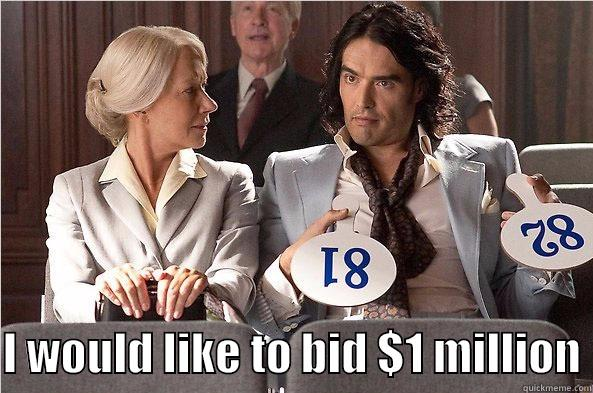
Your ad doesn’t have to be in the top spot for you to be successful — in fact, your bid strategy really needs to be tailored to your specific goals in mind. It can be one of the more complicated parts of running AdWords, but it’s one of the most important.
BONUS — Relying too much on automated targeting is a mega-fail.
It’s hard to top Toby Bower of Advia’s list of real AdWords fails. With some awesome real-life examples, he reminds us all that you can never trust an automated system to generate appropriate text ad headers and Display ad placement without using your brain, too. So PLEASE, take a look at Bower’s list of Dynamic Keyword Insertion (DKI) and contextual Display targeting mess-ups — it will have you checking your placements in no time, and you’ll probably get a kick out of it, too. 😉

Logical Position, an Inc. 500 digital agency supporting 5,000+ clients across North America. LP is the proud recipient of Google’s Lead Generation Premier Partner of the Year and Microsoft's Global Channel Partner of the Year 2024! The award-winning agency offers full-service PPC management, SEO, Paid Social, Amazon and Creative Services for businesses large and small. As a Google Premier Partner, Microsoft Elite Partner & Meta Business Partner, LP is in the top 1% of ad spend managed across platforms.


